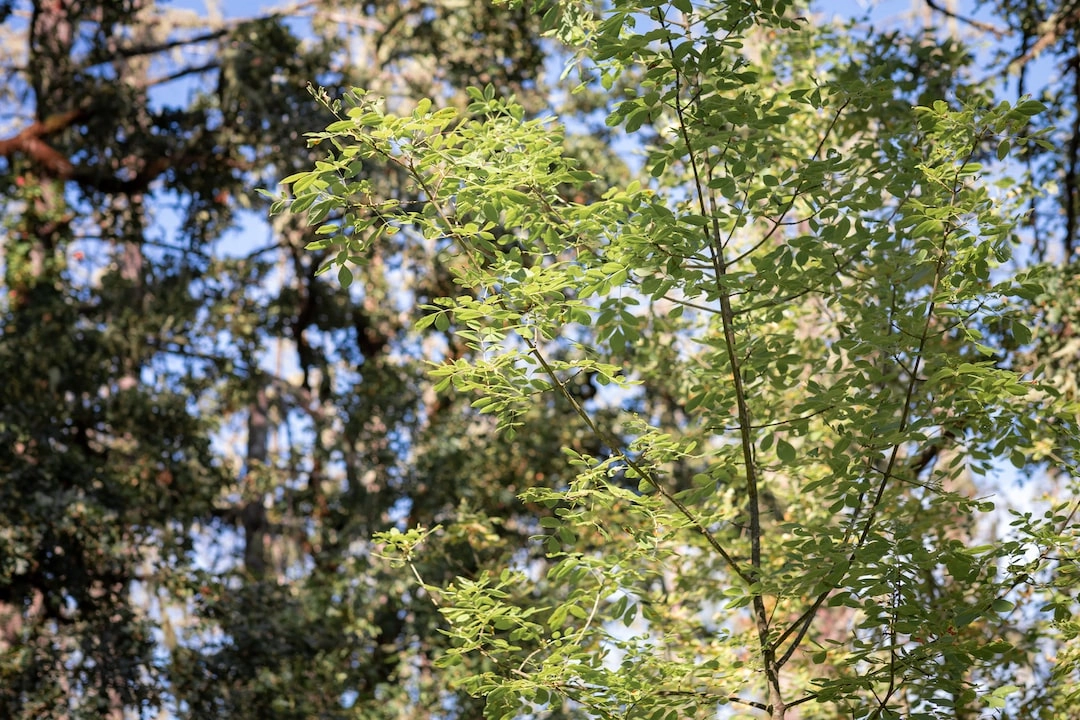
“`html
What is Green Infrastructure?
Green infrastructure refers to a network of natural and semi-natural features that are strategically planned, designed, and managed to enhance ecosystem services and promote sustainability. It involves the integration of nature and engineered systems to provide multiple benefits, such as enhancing air and water quality, reducing urban heat island effects, and creating wildlife habitats. Green infrastructure solutions include green spaces, urban forests, green roofs, rain gardens, bioswales, and permeable pavements, among others.
Real-World Problems Associated with Green Infrastructure
While green infrastructure offers numerous advantages for creating more sustainable and resilient communities, it also faces a set of challenges and real-world problems. These include:
1. Limited Space and Urban Density
Urban areas often have limited space, making it challenging to establish green infrastructure on a large scale. The high density of buildings and infrastructure can make it difficult to find suitable locations for parks, gardens, and other green spaces.
2. Lack of Awareness and Understanding
Many people are still unaware of the benefits and importance of green infrastructure. This lack of awareness can hinder the implementation of sustainable urban design practices and the integration of green infrastructure into development plans.
3. Funding and Financial Resources
Establishing and maintaining green infrastructure often requires significant financial investments. Securing funding for green infrastructure projects can be a challenge, particularly for cities and communities with limited resources.
4. Maintenance and Long-Term Management
Green infrastructure elements require regular maintenance and management to ensure their effectiveness and longevity. The lack of expertise, resources, and funding for ongoing maintenance can pose challenges for the successful implementation and management of green infrastructure projects.
“`
The above content showcases the headings and content with appropriate HTML tags for a more SEO-friendly formatting. Additionally, a `
` tag is used to create space between the paragraphs.

“`html
Potential Solutions for Green Infrastructure Challenges
Addressing the challenges associated with green infrastructure requires proactive solutions and collaborative efforts. Some potential solutions include:
1. Smart Urban Planning and Design
Integrating green infrastructure into urban planning and design processes can help optimize land use and maximize the benefits of limited space. Implementing green building codes and ordinances can ensure the inclusion of green infrastructure elements in new developments.
2. Education and Awareness Campaigns
Increasing public awareness about the benefits of green infrastructure is crucial. Education campaigns, workshops, and outreach programs can help communities understand the importance of green infrastructure and its role in creating sustainable and livable cities.
3. Public-Private Partnerships and Funding Sources
Exploring public-private partnerships can help secure funding for green infrastructure projects. Collaborating with local businesses, organizations, and government agencies can provide financial resources and expertise to support the development and maintenance of green infrastructure.
4. Long-Term Maintenance Plans
Ensuring the long-term success of green infrastructure requires the establishment of maintenance plans. Collaborating with community groups, volunteers, and local authorities can help distribute the responsibility of ongoing maintenance, ensuring the sustained effectiveness of green infrastructure elements.
“`















